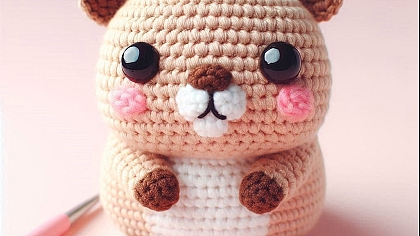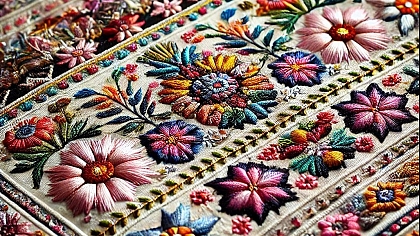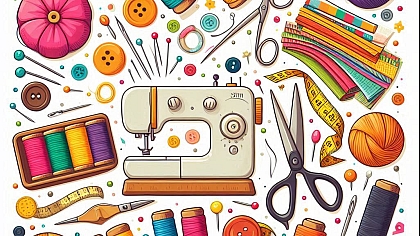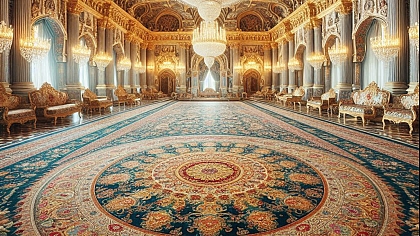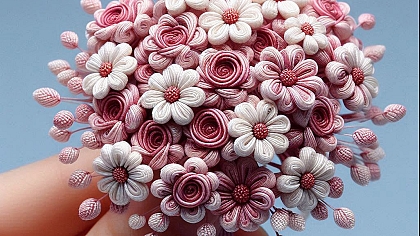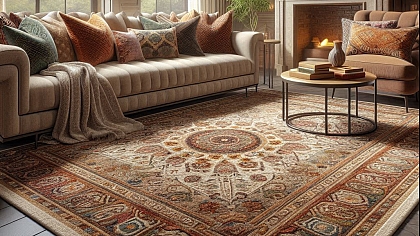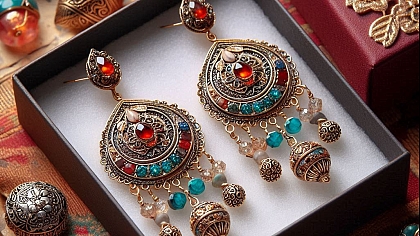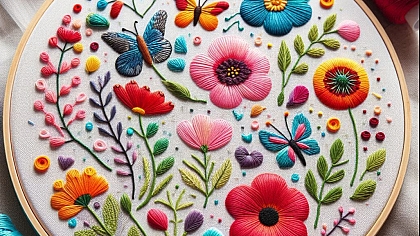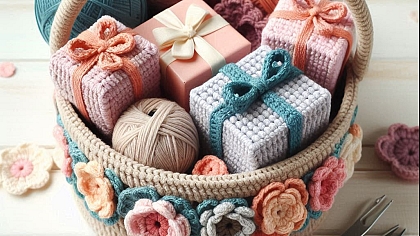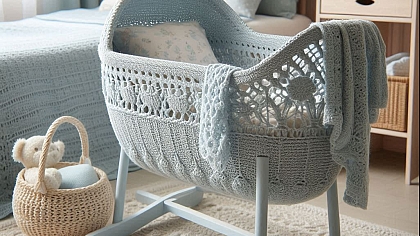
From Fabric to Fashion: Designing Your Own Clothes
Creating your own clothes is a deeply rewarding endeavor that combines artistry, craftsmanship, and a personal touch that mass-produced garments simply cannot replicate. The journey from selecting fabric to wearing your finished piece is filled with creative decisions and technical steps, each contributing to the final masterpiece. This guide will walk you through the process, offering detailed insights and practical tips to help you bring your fashion dreams to life.
The Inspiration Phase: Finding Your Muse
Before you thread your first needle or cut your first piece of fabric, you need a vision. Inspiration can strike from anywhere: a vintage dress, a film, a piece of artwork, or even the natural world. Start by immersing yourself in sources of inspiration. Visit museums, browse fashion magazines, and explore online platforms like Pinterest or Instagram. Keep a sketchbook handy to jot down ideas, sketch designs, and note interesting details.
Consider what styles and silhouettes appeal to you. Are you drawn to the clean lines of modern minimalism, the romanticism of bohemian styles, or the structured elegance of haute couture? Understanding your personal aesthetic will guide your choices throughout the design process.
Sketching Your Design: Bringing Ideas to Life

Once you have a clear idea of what you want to create, the next step is sketching your design. Don’t worry if you’re not an accomplished artist; the goal is to translate your vision into a visual reference. Start with basic shapes and gradually add details. Focus on the overall silhouette, proportions, and key features like collars, sleeves, and hems.
Consider creating a mood board to accompany your sketches. Collect fabric swatches, color samples, and images that capture the essence of your design. This will help you stay focused and ensure all elements of your project are cohesive.
Choosing the Right Fabric: The Foundation of Your Design
Fabric selection is crucial, as it affects the garment’s drape, comfort, and overall appearance. Different fabrics behave differently, so choose one that complements your design. For instance, a flowy dress might require a lightweight fabric like chiffon or silk, while a structured jacket would benefit from a heavier fabric like wool or denim.
When shopping for fabric, pay attention to the fabric’s weight, texture, and stretch. Feel the fabric to understand its quality and how it moves. Also, consider the fabric’s care requirements—some fabrics require special handling, which might influence your decision.
Don’t forget to buy a bit more fabric than you think you’ll need. This extra allowance can save you from headaches if you make a mistake or need to make adjustments later.
Creating a Pattern: The Blueprint of Your Garment

Patterns are the blueprints of your garment, providing the pieces that you’ll cut from your fabric. If you’re new to sewing, you might start with a commercial pattern. These patterns come with detailed instructions and pre-drawn pieces, which can be a great learning tool.
For more experienced sewists or those looking to create something truly unique, drafting your own pattern is the way to go. This involves taking precise measurements and translating them into pattern pieces. There are many resources available, including books and online tutorials, to guide you through this process.
Pattern making involves a good deal of mathematics and spatial awareness. You’ll need to understand how flat pattern pieces come together to create a three-dimensional garment. Precision is key here; even small errors can lead to fitting issues later.
Cutting the Fabric: Precision and Patience
With your pattern ready, it’s time to cut the fabric. Lay your fabric flat on a large, clean surface. Pin your pattern pieces to the fabric, ensuring they are aligned correctly with the grain. This alignment is important for the garment’s drape and fit.
Use sharp fabric scissors or a rotary cutter for clean, precise cuts. Take your time and cut carefully around each pattern piece. Remember, cutting is a crucial step; any mistakes here are difficult to correct later.
Mark any important points indicated on your pattern, such as darts, pleats, or notches. These markings will guide you during the sewing process, ensuring that all pieces align and fit together correctly.
Assembling the Pieces: The Art of Construction
Now, the real fun begins. Assembling your garment is where your project starts to take shape. Follow the instructions provided by your pattern, or, if you’re working from your own design, proceed with the construction steps you’ve planned.
Begin with basic seams, joining pieces together with a straight stitch. It’s often helpful to baste pieces together first with a long, loose stitch. This allows you to check the fit and make adjustments before committing to a permanent seam.
Press your seams as you go. Ironing each seam after you sew it helps create a polished, professional look and ensures the garment lays correctly. Use a tailor’s ham or sleeve roll to press curved seams without distorting the fabric.
Fitting and Adjustments: Perfecting the Fit
As you assemble your garment, regularly check the fit. Try it on, or, if you’re sewing for someone else, have them try it on. Look for areas that are too tight or too loose and make the necessary adjustments.
Common fitting issues include gaping at the neckline, pulling at the bust, or excess fabric at the back. Don’t be discouraged by these challenges; fitting is an art that improves with practice. Make adjustments by taking in seams, adding darts, or altering pattern pieces as needed.
Once you’re satisfied with the fit, reinforce your seams with a second row of stitching or an overlock stitch. This ensures your garment is durable and can withstand wear and tear.
Adding Details: Personal Touches and Finishing Techniques
The details are what make your garment unique. This is where you can truly let your creativity shine. Consider adding embellishments like embroidery, beading, or applique. Decorative stitching, piping, and buttons can also enhance your design.
Finishing techniques are crucial for a professional look. Hem your garment with a method appropriate for the fabric and style. Blind hems, rolled hems, and bias tape finishes each have their place. If your fabric frays easily, consider finishing your seams with a serger or a French seam.
Add closures like zippers, buttons, or hooks and eyes. These functional elements can also be decorative, so choose options that complement your design.
Final Pressing and Inspection: The Finishing Touch
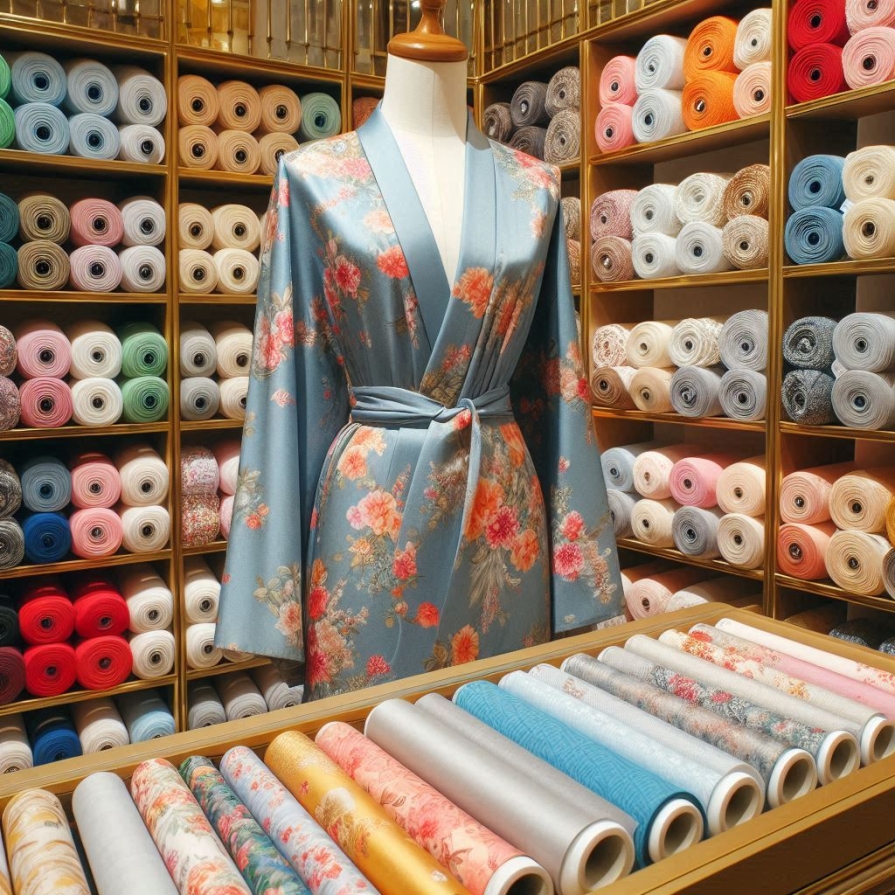
Before you declare your garment finished, give it a final pressing. This last step ensures all seams are crisp, and the fabric lays perfectly. Use appropriate heat settings for your fabric to avoid damage.
Inspect your garment closely. Check for any loose threads, uneven hems, or missed stitches. Make any final adjustments needed to ensure your garment looks and fits as intended.
Wearing Your Creation: The Moment of Triumph
The culmination of your efforts is wearing your handmade garment. This moment is filled with pride and satisfaction. Not only do you have a unique piece that reflects your style, but you also have the knowledge and experience gained from the process.
Take note of what worked well and what didn’t. Each project is a learning opportunity, and the skills you’ve developed will serve you in future endeavors.
Caring for Your Handmade Clothes: Longevity and Love
Handmade garments often require special care to ensure they last. Follow the fabric care instructions to avoid damage. Hand wash delicate fabrics, and avoid harsh detergents or bleach. Store your garments properly, avoiding crowded closets where they might become misshapen.
Mend any small issues promptly. A loose button or a minor tear is easy to fix and prevents larger problems down the line. Treat your handmade clothes with the love and respect they deserve, and they will remain beautiful for years.
Embracing the Journey: Continuous Learning and Growth
Designing and sewing your own clothes is a journey that never truly ends. Each project teaches you something new, whether it’s a new technique, a better understanding of fit, or a deeper appreciation for fabric. Embrace this journey with an open mind and a willingness to learn.
Join sewing communities online or in person. Share your work, seek feedback, and learn from others. The sewing community is vast and supportive, filled with people who share your passion for creating beautiful garments.
The Joy of Creation

From fabric to fashion, the process of designing your own clothes is a fulfilling blend of creativity, skill, and personal expression. Every stitch, every seam, and every detail is a testament to your dedication and artistry. As you wear your handmade clothes, you carry with you the joy and pride of creation, a tangible expression of your unique vision and talent.

